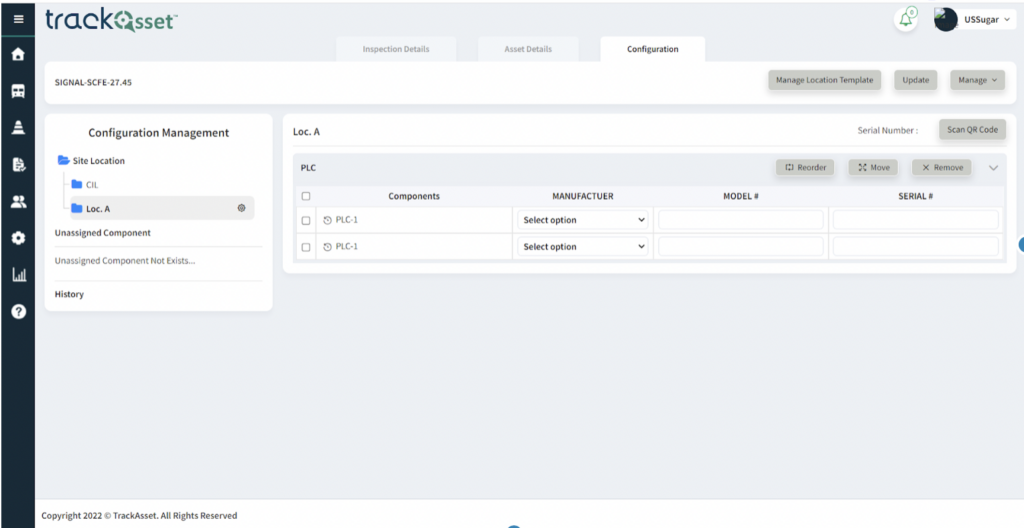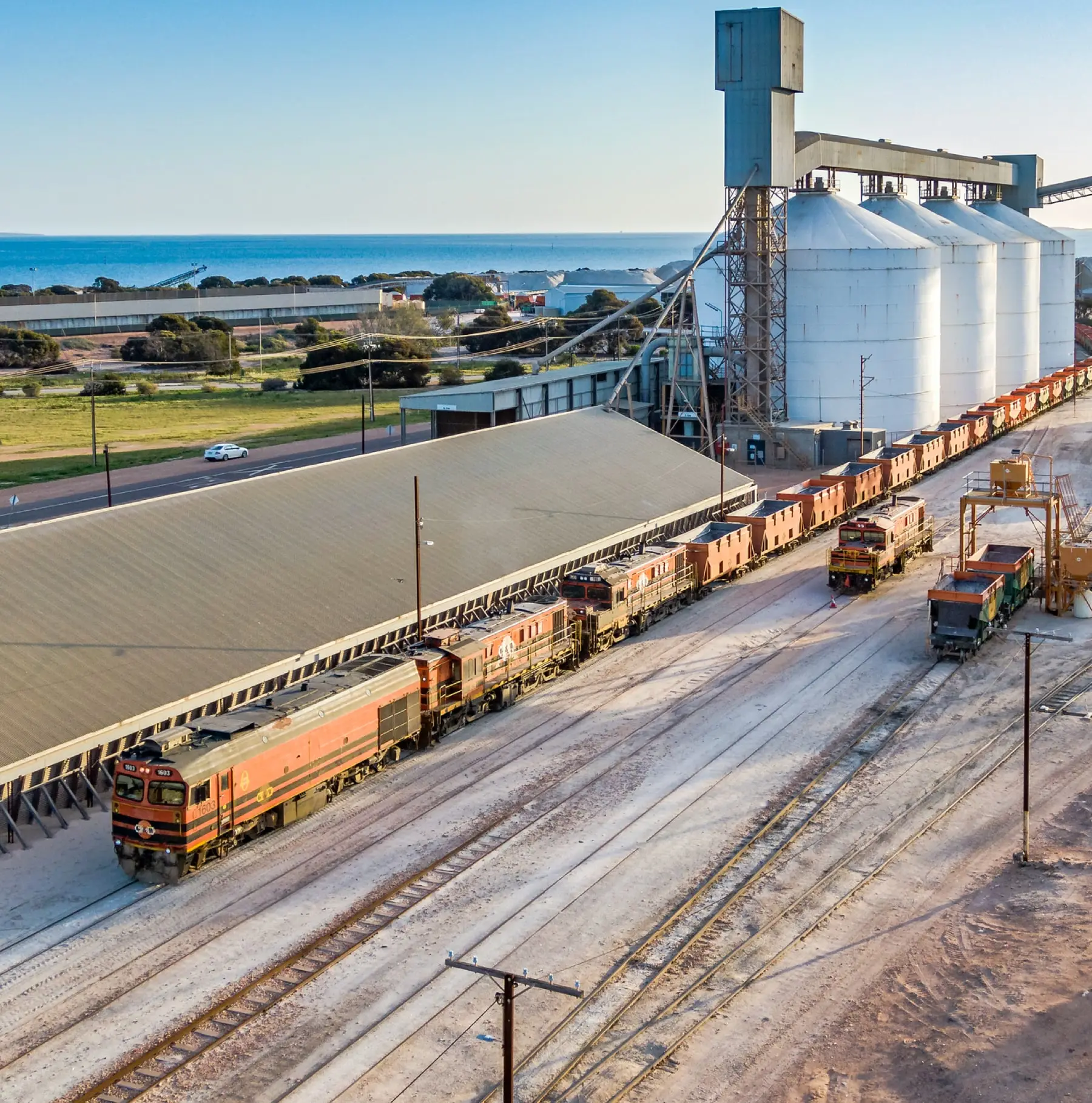What is Configuration Management?
Configuration management is a system engineering process for establishing consistency of an asset or components’ attributes throughout its lifecycle. Configuration Management Processes were originally developed by the US military in the 1950’s and has now been adopted in most industries. NASA is a good resource for Configuration Management (CM) information.
With the introduction of advanced technical equipment for Train Control Systems, the rail industry understands the need for configuration management and a CM system. In this article, we will explore 5 reasons why a rail property must have a configuration management system.

Understanding Configuration Management
There are 5 steps that typically make up a configuration management process:
Configuration Management Planning CM planning starts at a program or project’s inception. One of the key inputs to preparing for CM implementation is a strategic plan for the project’s complete CM process. This is typically contained in a CM plan. The CM plan may be a standalone document, or it may be combined with other program/project planning documents. It should describe the criteria for each technical baseline creation, technical approvals, and audits.
Configuration Identification Configuration identification is the systematic process of selecting, organizing, and stating the product attributes. Identification requires unique identifiers for a product and its configuration documentation. The CM activity associated with identification includes selecting the Configuration Items (CIs), determining the CIs’ associated configuration documentation, determining the appropriate change control authority, issuing unique identifiers for both CIs and CI documentation, releasing configuration documentation, and establishing configuration baselines.
Configuration Change Management Configuration change management is a process to manage approved designs and the implementation of approved changes. Configuration change management is achieved through the systematic proposal, justification, and evaluation of proposed changes followed by incorporation of approved changes and verification of implementation. Implementing configuration change management in each program/project requires unique knowledge of the program/project objectives and requirements
Configuration Status Accounting. Configuration Status Accounting (CSA) is the recording and reporting of configuration data necessary to manage CIs effectively. An effective CSA system provides timely and accurate configuration information such as:
Complete current and historical configuration documentation and unique identifiers.
Status of proposed changes, deviations, and waivers from initiation to implementation.
Status and final disposition of identified discrepancies and actions identified during each configuration audit.
Some useful purposes of the CSA data include:
An aid for proposed change evaluations, change decisions, investigations of design problems, warranties, and shelf-life calculations.
Historical traceability
Software trouble reporting
Performance measurement data
Configuration Verification and Audit Configuration verification is accomplished by inspecting documents, products, and records; reviewing procedures, processes, and systems of operations to verify that the product has achieved its required performance requirements and functional attributes; and verifying that the product’s design is documented. This is sometimes divided into functional and physical configuration audits.

5 reasons your rail property needs configuration management:
- Safety – Configuration Management ensures that a component or asset is operating as designed. This is paramount as signal and crossing failures in the rail industry can have catastrophic consequences.
- Reliability – Configuration Management can help monitor an asset or components’ performance which leads to increased service delivery and supports targeted maintenance decisions. This not only supports safety but also helps a rail property realize cost reductions as decisions can be based upon a component or systems’ performance.
- Change Management –Configuration Management Systems should include a change process to ensure that changes made to one system, asset or component does not adversely affect any of the other assets or systems. It should also keep track of the changes so that the rail property understands the current configuration of life safety critical systems.
- Lifecyle Extension – proper utilization of a CM system will help the rail property extend the life of some assets thus resulting in cost savings. It can also provide capital improvement and upgrade information through proper use.
- Efficiency – Configuration management tools make changes and deployments faster, remove the potential for human error, while making system management predictable.
Let Railroad Software solve all your configuration management needs for bridges, track, switches, and signal with: Track Asset
Reach out to our team:
Tim Elsberry, VP of Business Development at telsberry@railroadsoftware.com or via phone at (678) 451-8200.

